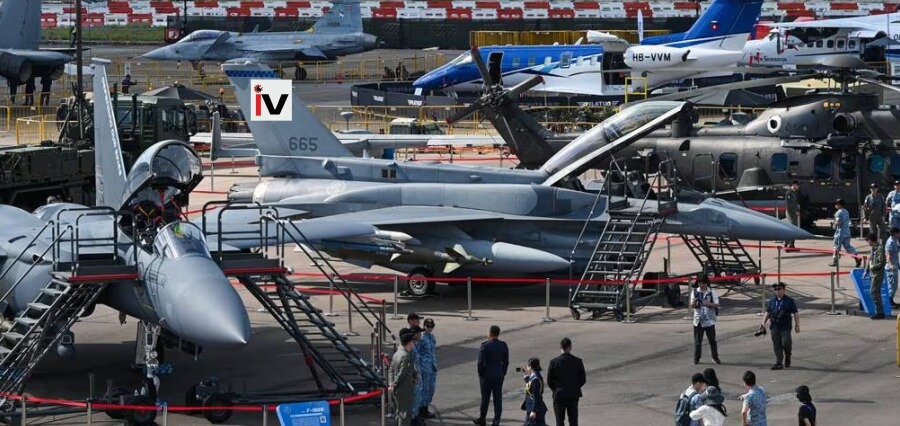This week, Japan’s Defense Ministry is presenting 13 domestic companies at the Singapore Airshow, marking one of its largest industrial delegations abroad since the government eased post-war arms export restrictions in 2014. Traditionally focused on supplying the Japan Self-Defense Forces, Japanese companies are now exploring opportunities in the global defense market following a shift in the country’s security policy. Recent developments include exporting Patriot missiles, supplying radars to the Philippines, and collaborating on a fighter jet development program with the United Kingdom and Italy.
Although Japan’s ruling party has not yet revised regulations restricting trilateral fighter jet involvement, the government has earmarked funds for industry collaboration and encouraged major defense firms and startups to engage with foreign partners. Consequently, Japanese presentations at the Singapore Airshow highlighted a variety of systems currently utilized by its military, encompassing maritime and transport aircraft, helicopters, aerospace components, semiconductors, radars, and geostationary satellites.
“There is considerable potential for Japanese companies to expand into the global market, yet Japanese firms often lack the international experience seen in their foreign counterparts,” stated Hideki Fukawa, director for defense equipment cooperation planning at the ministry’s Acquisition, Technology and Logistics Agency, to Defense News. “We aim to leverage this opportunity to demonstrate Japanese excellence in defense.”
Among the showcased products is a portable radar developed by IT and electronics specialist NEC Corp. This technology is utilized by Japan’s forces to monitor aircraft intrusions in the airspace over Kyushu and Okinawa.
Yoichi Kashima, an engineer and member of the company’s marketing team, informed Defense News that the current version of the radar system has been safeguarding Japanese airspace for the past 17 years, replacing the initial generation of the same type of radar, which was deployed 30 years ago.
According to Kashima, the radars have a lifespan of 20 years, with their portability and ease of setup being key selling features. “It can be deployed by a team of six engineers and operational within 30 minutes,” he elaborated.
Another highlight at the air show is Subaru’s UH-2 multimission helicopter, utilized by the Japan Ground Self-Defense Force for safeguarding islands, offering humanitarian aid, disaster response, and conducting search and rescue operations.

